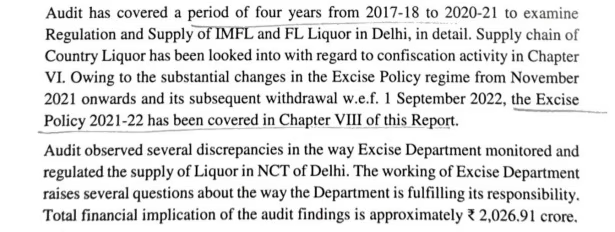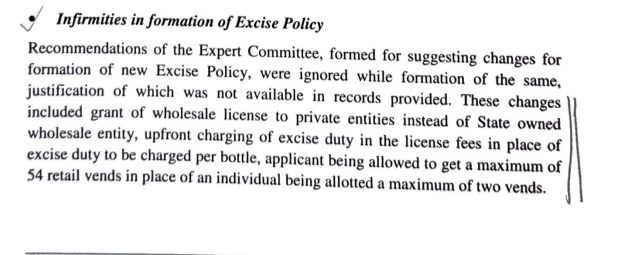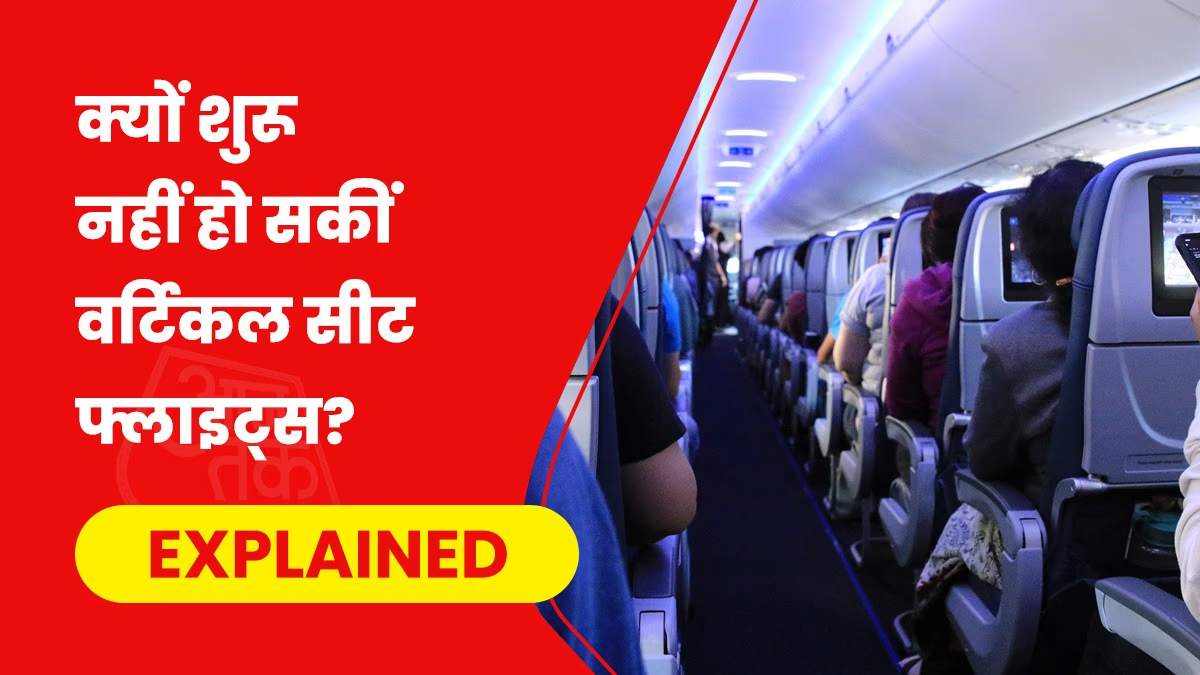On the second day of the Delhi Assembly session, the CAG report regarding the Delhi liquor scandal was introduced. Chief Minister Rekha Gupta presented this report to the assembly.
This CAG audit report regarding the liquor policy covers four periods from 2017-2018 to 2020-2021. The report, tabled in the assembly, reveals that changes to Delhi's liquor policy resulted in a loss of 2,002 crores.
The CAG reviewed the regulation and supply of liquor between 2017-18 and 2021-22, including an assessment of the excise policy for 2021-22, which was subsequently revoked in September 2022.
The CAG report highlights several significant irregularities committed by the Aam Aadmi Party in implementing the new liquor policy, resulting in a loss exceeding 2,000 crores to the state treasury.

Source: aajtak
What Does the CAG Report on the Liquor Scandal Uncover?
- The Aam Aadmi Party's new liquor policy led to losses of about 2,002 crores.
- Poor decisions resulted in significant losses to the Delhi government.
- Issuing licenses in non-conforming areas without stringent checks caused losses of approximately 940 crores.
- Re-tendering led to an additional loss of 890 crores.
- Due to COVID-19 restrictions, a waiver of 144 crores was granted on license fees to liquor vendors from December 28, 2021, to January 27, 2022.

Source: aajtak
- Mishandling of security deposits led to a loss of 27 crores.
- Some retailers continued using licenses until the policy's end, while others surrendered them prematurely.
Licensing Violations Cause Additional Government Losses
- Delhi Excise Rule 35 was inadequately enforced.
- Business interests in both manufacturing and retail were granted wholesale licenses, benefiting similar stakeholders across the liquor supply chain. This increased the wholesale margin from five percent to 12 percent.
- Running a liquor zone required investments of 100 crores, yet the government failed to conduct any investigations.
- The Aam Aadmi Party ignored expert committee advice and made arbitrary amendments to the policy.
- Initially, a person was allowed only two shops, but the new policy increased this limit to 54.
- The government previously operated 377 stores, which were transformed to 849 liquor vendors under the new policy, with only 22 licenses granted to private entities, promoting monopoly.
- Manufacturers were supposed to tie-up with just one wholesaler, but only 25 out of 367 registered IMFL brands accounted for 70 percent of total sales.
- According to the CAG report, a decision was taken in February 2010 by the Delhi Cabinet for barcode implementation on each bottle to prevent smuggling. However, the implementation agency tasked with executing the Excise Supply Chain Information System Project faced challenges.
The report specifies that as per the agreement, TCS was to be paid 15 paise per bottle. A total of 482.62 crores barcodes sold were recorded till March 2021, but only 346.09 crores were scanned, suggesting 136.53 crores were sold unaccounted.
The report concludes that the lack of complete transparency in the new liquor policy of the Aam Aadmi Party's government enabled monopolistic advantages to liquor mafias. It caused substantial financial losses to the government and resulted in the manipulation of liquor prices for the general public.
Notably, on November 17, 2021, the Delhi government implemented the new 2021-22 liquor policy, completely privatizing all liquor shops in Delhi.




